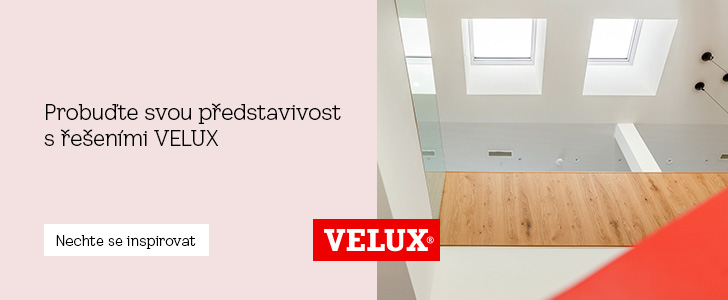
Prague 10 approved the Slatin study, some locals are against it.
 |
"We want to proactively address the future of Slatiny, which is among the seven most important development areas in Prague," said the city councilor for urban development Bohumil Zoufalík (Movement for Prague 10) and added that the time is now ideal because the city is preparing the Metropolitan Plan.
The new Prague zoning plan is expected to come into effect in 2023 and will mark the end of the construction ban that has been in place in Slatiny for 17 years. Therefore, the city hall wants to outline a vision for the future of the entire area. The preparation of the study, which began in 2015, was consulted by Prague 10 with the city's Institute of Planning and Development (IPR). The Institute is preparing the Metropolitan Plan.
According to the study, residential development should prevail in the locality. Parks are also planned to be created, the largest of which will cover an area of 12 hectares. Local centers with shops, services, and P+R parking lots are to emerge around the railway stops Eden and Zahradní Město, which are planned to be built by the Railway Infrastructure Administration. "The most significant part of the study is the proposal for public spaces, that is where parks, squares, and similar areas will be located," stated one of the authors of the study, architect František Štáfek. According to him, the document anticipates a larger amount of greenery than the current zoning plan and also somewhat smaller construction density.
The approval of the study was opposed by some local residents and the opposition representatives. "I can't imagine giving the council a tool now to enforce that a park could be placed where the birthplace of Zdeněk Svěrák is," stated the chairwoman of the opposition coalition Vlasta's council club and senator Renata Chmelová. She is also dissatisfied with the process of preparing the document and what she perceives as insufficient communication with the residents.
Chmelová supported the petition of the Na Slatinách association, which demands revisions to the study. The unsuccessful petitioners called for the preservation of greenery and existing wetlands in the area, respect for the historical character of the former workers' colony, consideration of existing property relations, or a transportation analysis.
"The initiator of the petition, who lives in an illegal building in Slatiny, submitted a quiet request for a zoning plan change a month ago, at a time when she began to spread the petition, which would change the local gardening colony into so-called mixed development," Zoufalík remarked regarding the petition. He considers such an approach hypocritical. The chairwoman of the Na Slatinách association, Maria Křepelková, stated that the lands had been designated for construction for decades and the change only occurred in 1999, so this is an effort on the part of the owners to redress a historical wrong.
Slatiny began to emerge in 1924. The houses were inhabited by war veterans and workers who built the railway. Many houses were demolished in the 50s and 60s. Now, there are approximately 300 hectares of gardens, quirky illegal constructions, and abandoned railway cars. The character of the place was captured by Jan Svěrák in the film "Obecná škola."
The English translation is powered by AI tool. Switch to Czech to view the original text source.
Related articles
0
16.12.2019 | Prague 10 approved the revised version of the study for Slatin and Bohdalec
0
26.08.2017 | From the brownfield of Bohdalec-Slatiny, a residential neighborhood could emerge
2
03.11.2016 | The Slatin area could become a neighborhood with 30,000 residents
0
13.10.2009 | Prague postpones the reconstruction of Masaryk Railway Station and other projects











